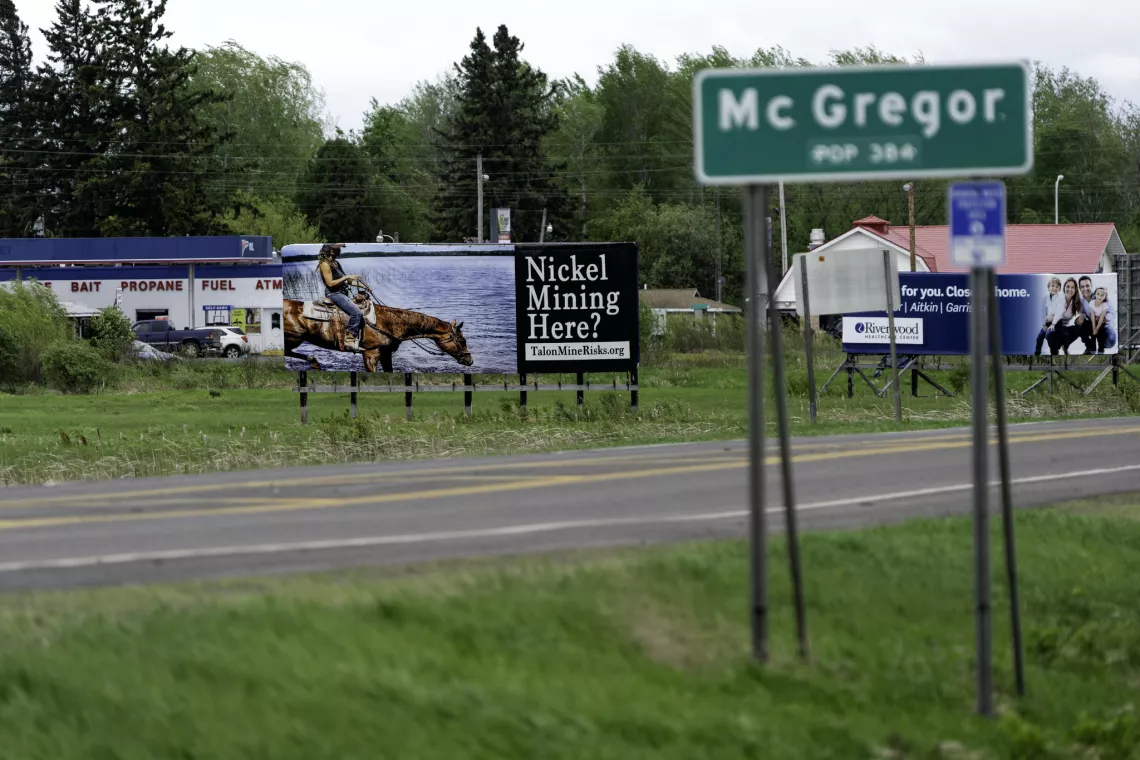Part 5 of the Critical Minerals series

The purpose of this series is to dig into a few of the minerals labeled critical and explore their properties, uses, and the dangers they present, and to present some alternatives which mining and energy industries don’t tell us about.
Lithium ion batteries using high amounts of nickel have great energy density and storage capacity. Energy generation facilities and electric vehicle makers are expected to drive a 140% increase in demand for nickel by 2040.
The proposed Tamarack nickel mine in Aitkin County, run by Talon Metals in partnership with Rio Tinto is, according to the company’s website, one of only three shovel-ready sources of high grade nickel-sulfide in the world. The site has been under development and exploration for twenty years. Although the company boasts of its values and its commitment to Indigenous people, the Mille Lacs Band opposes the mine.
Talon has a six-year contract with Tesla to supply nickel for the car-maker’s batteries. Since their contract requires delivery by 2026, we can expect the company to make a major push to begin mining soon. Talon also recently received two multi-million dollar federal grants for further exploration in northern Minnesota.
This Minnesota nickel-sulfide poses a severe environmental threat: a by-product of processing is sulfuric acid (i.e. battery acid). Talon proposes to move ore processing operations to a brownfield in North Dakota, thus potentially reducing the risk to Minnesota’s waters. But the company has filed no environmental paperwork, making it impossible to guess the mine’s real impact.
Since no sulfide mining has ever been done safely, Sierra Club and other organizations are lobbying for “Prove it First” legislation.
Nickel mining worldwide is a dirty business. For example, Indonesian mining, which accounts for 50% of global nickel production, threatens subsistence fisheries and is associated with land grabs and evictions. Among major nickel producing nations, Australia reports the highest number of environmental and social concerns, which may be attributed to transparency on their part. In any case, it is clear that the rush is on, and the people most likely to be trampled are poor and Indigenous.
The full Critical Minerals series can be found at the links below: